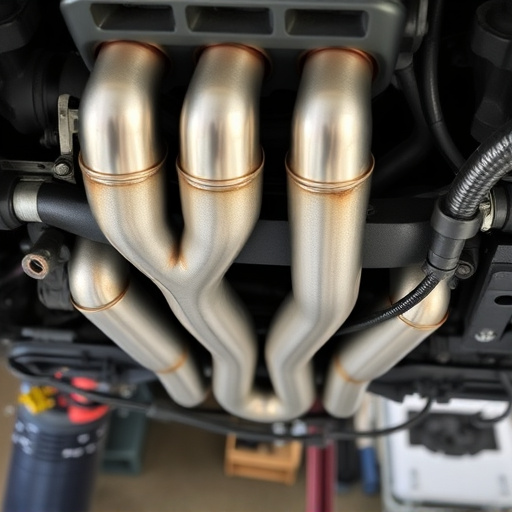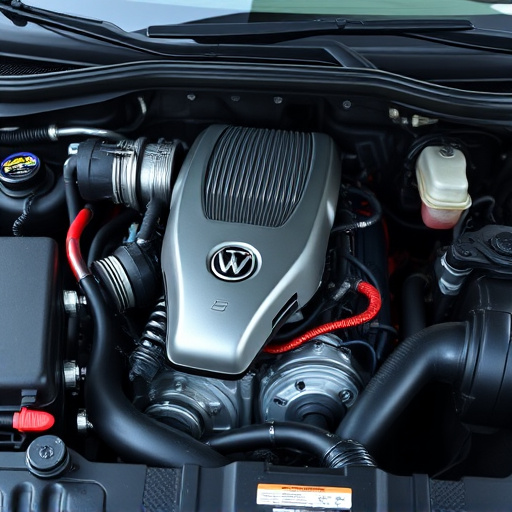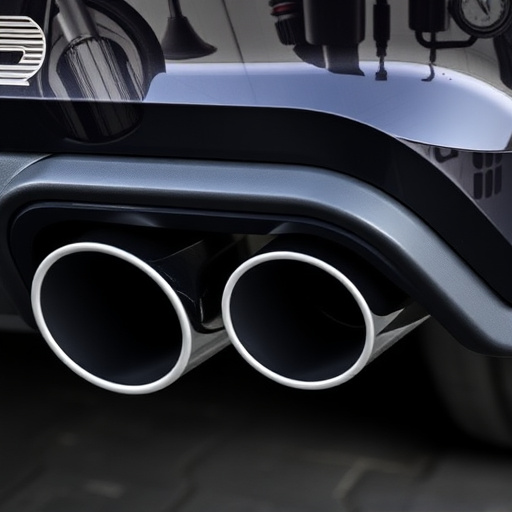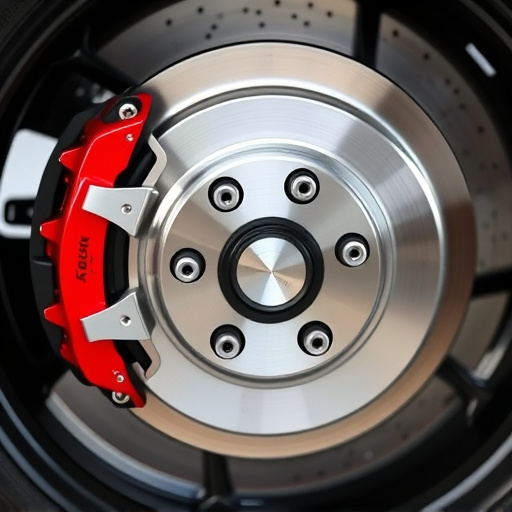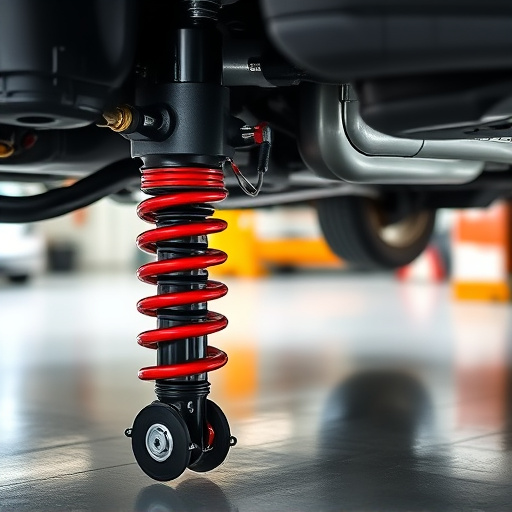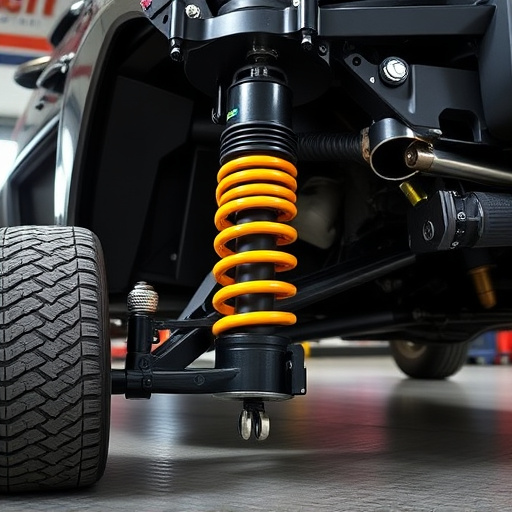Before attempting a catalytic converter replacement, DIYers must prioritize safety by wearing protective gear (gloves, goggles, respirator), ensuring proper ventilation, parking on a level surface with wheels chocked, and using an air filter kit to avoid toxic gas exposure. These measures are crucial for preventing accidents and health hazards during this challenging yet rewarding DIY task.
Looking to tackle a catalytic converter replacement yourself? This guide provides essential safety tips and a step-by-step process for DIY enthusiasts. Before you begin, understand the risks and prepare your workspace with appropriate safety gear. Learn how to safely disconnect and remove the old converter, install a new one, and reattach the exhaust system. Post-replacement, perform integrity checks, test drives, and regular maintenance to ensure optimal performance and comply with emissions standards. Stay safe and save with these expert catalytic converter replacement tips!
- Safety Preparations Before Replacing a Catalytic Converter
- – Understanding the risks involved in catalytic converter replacement
- – Essential safety gear for the task
Safety Preparations Before Replacing a Catalytic Converter
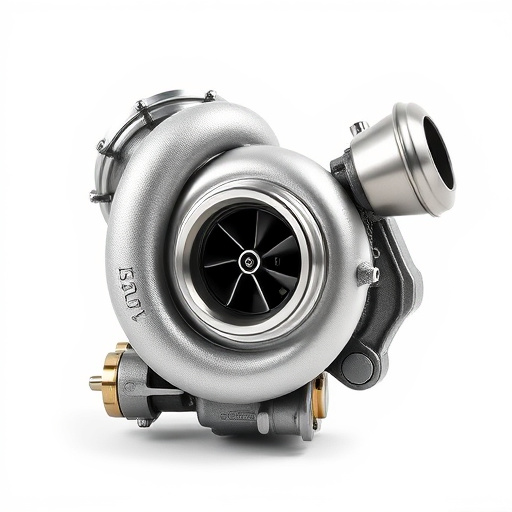
Before tackling a catalytic converter replacement, DIY enthusiasts should prioritize safety measures to prevent accidents and protect themselves from hazardous gases. Start by ensuring proper ventilation in your work area; open windows and doors or use an exhaust fan to maintain fresh air circulation. This is crucial when dealing with car parts that might emit toxic fumes. Next, put on protective gear, including gloves, safety goggles, and a respirator mask designed for automotive applications. These precautions are essential, especially if you’re working with older vehicles or those equipped with high-performance parts like coilover kits.
Additionally, park your vehicle on a level surface and engage the parking brake to secure it during the replacement process. It’s also wise to chock the wheels to prevent unexpected movement. With these safety preparations in place, you’ll be ready to safely remove the old catalytic converter and install a new one, ensuring a smoother drive and potentially enhancing your muffler tips’ performance.
– Understanding the risks involved in catalytic converter replacement

Replacing a catalytic converter yourself can be a daunting task for any DIY enthusiast. It’s essential to recognize that this process isn’t without risks, and proper safety precautions are paramount. The catalytic converter is a vital component in your vehicle’s exhaust system, responsible for reducing harmful emissions. During replacement, there’s a potential risk of exposure to toxic gases and chemicals, such as hydrocarbons and carbon monoxide, which can be dangerous if inhaled.
Moreover, working with automotive parts involves handling sharp edges and high-temperature components. Always wear protective gear, including gloves, safety goggles, and long sleeves, to minimize the chance of injury. Ensure adequate ventilation in your work area, and consider using an air filter kit to protect against any lingering fumes. Remember, while DIY projects can be rewarding, catalytic converter replacement is a sensitive procedure that requires caution to prevent accidents and health hazards.
– Essential safety gear for the task

When undertaking a catalytic converter replacement, safety should always be your top priority. This process involves working with potentially hazardous materials and complex automotive systems, so proper protection is crucial. For DIY enthusiasts, investing in essential safety gear is non-negotiable. This includes a sturdy pair of work gloves to protect your hands from sharp edges and hot parts. Protective eye wear is also vital as it shields your eyes from any debris or sparks that might fly during the process.
Additionally, consider wearing long sleeves and pants to cover exposed skin. A respirator mask is another important component, especially when removing the old converter, as it filters out harmful fumes. Remember, working on exhaust systems can release toxic gases, so ensuring your workspace is well-ventilated or using a face mask with appropriate ratings is essential for your health. Lastly, always have a fire extinguisher nearby as some components of an intake system, like rubber hoses and gaskets, can be flammable under certain conditions.
When replacing your catalytic converter, prioritizing safety is paramount. Always remember that working with automotive parts involves potential hazards. Ensure you’re prepared by donning appropriate safety gear, including gloves, eye protection, and a respirator. Familiarize yourself with the risks and have the right tools to ensure a smooth, safe process. Following these safety tips will make your DIY catalytic converter replacement project more manageable and secure.
